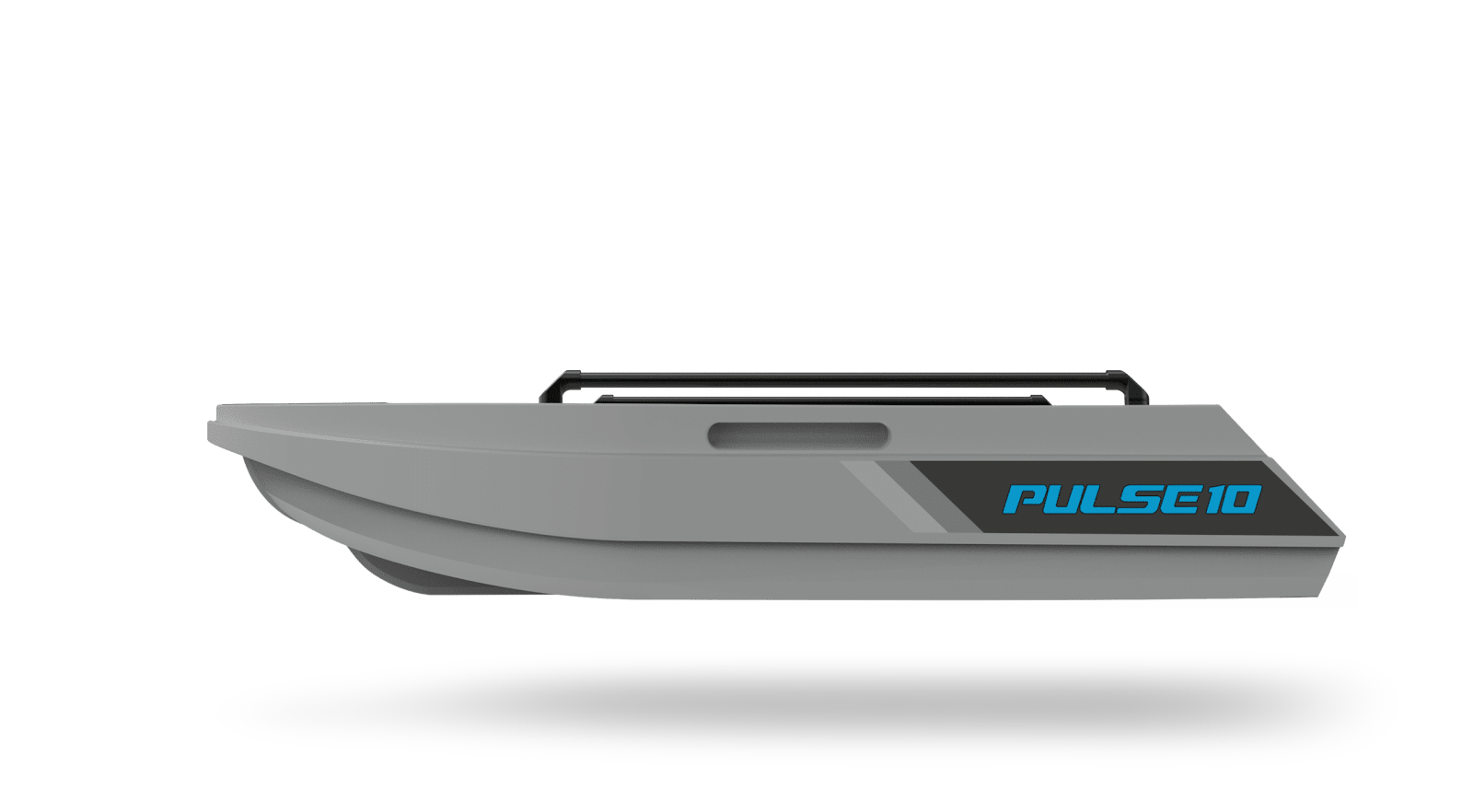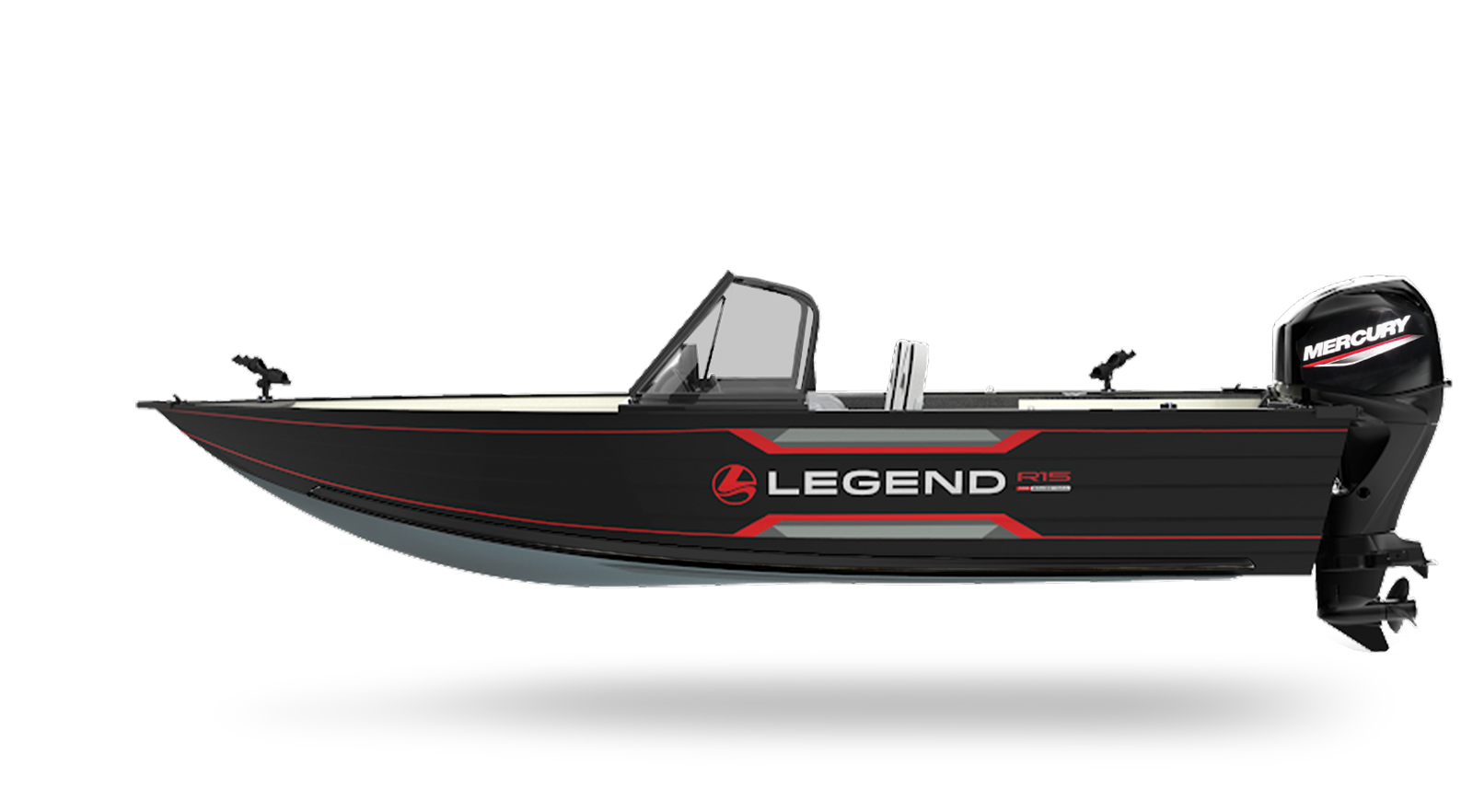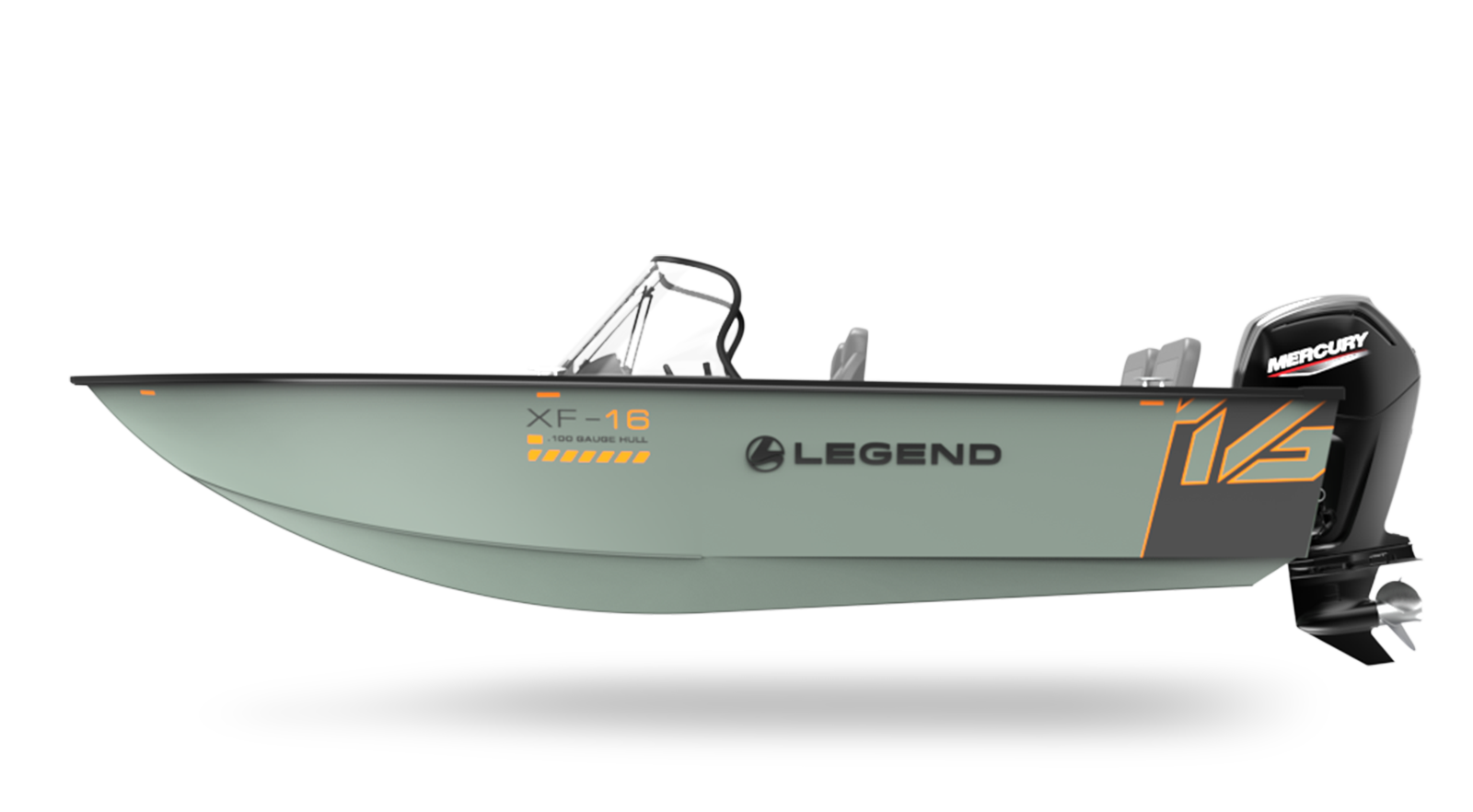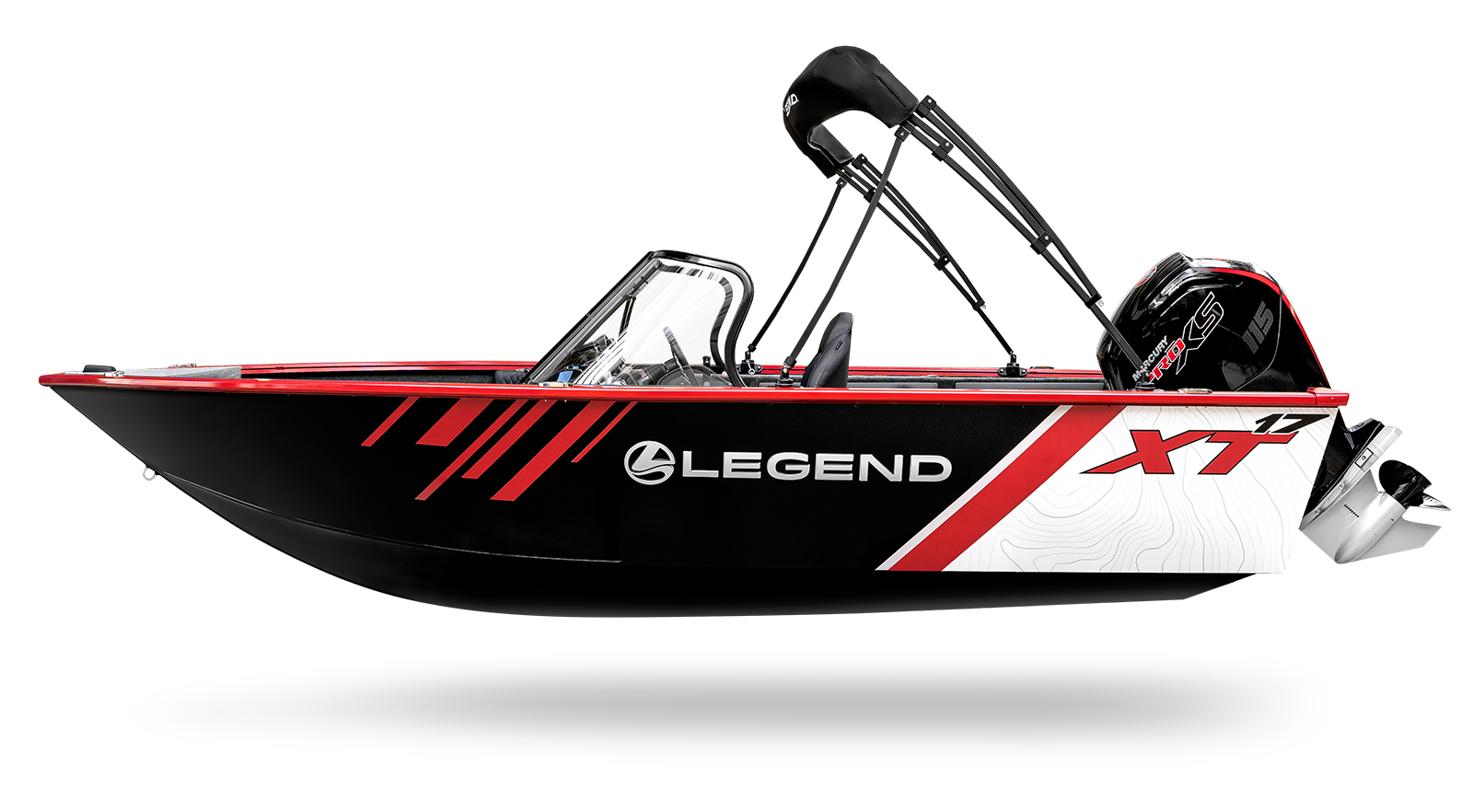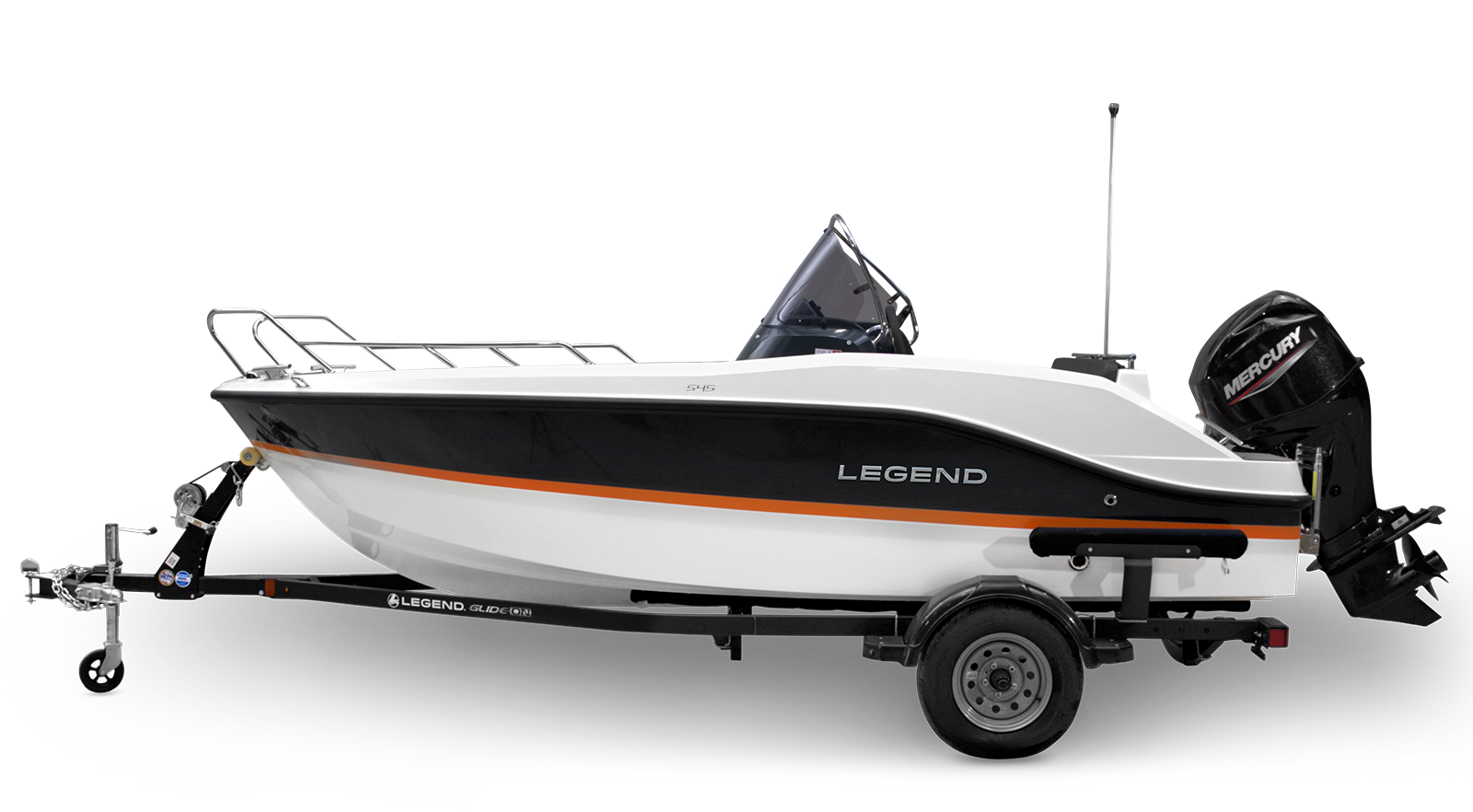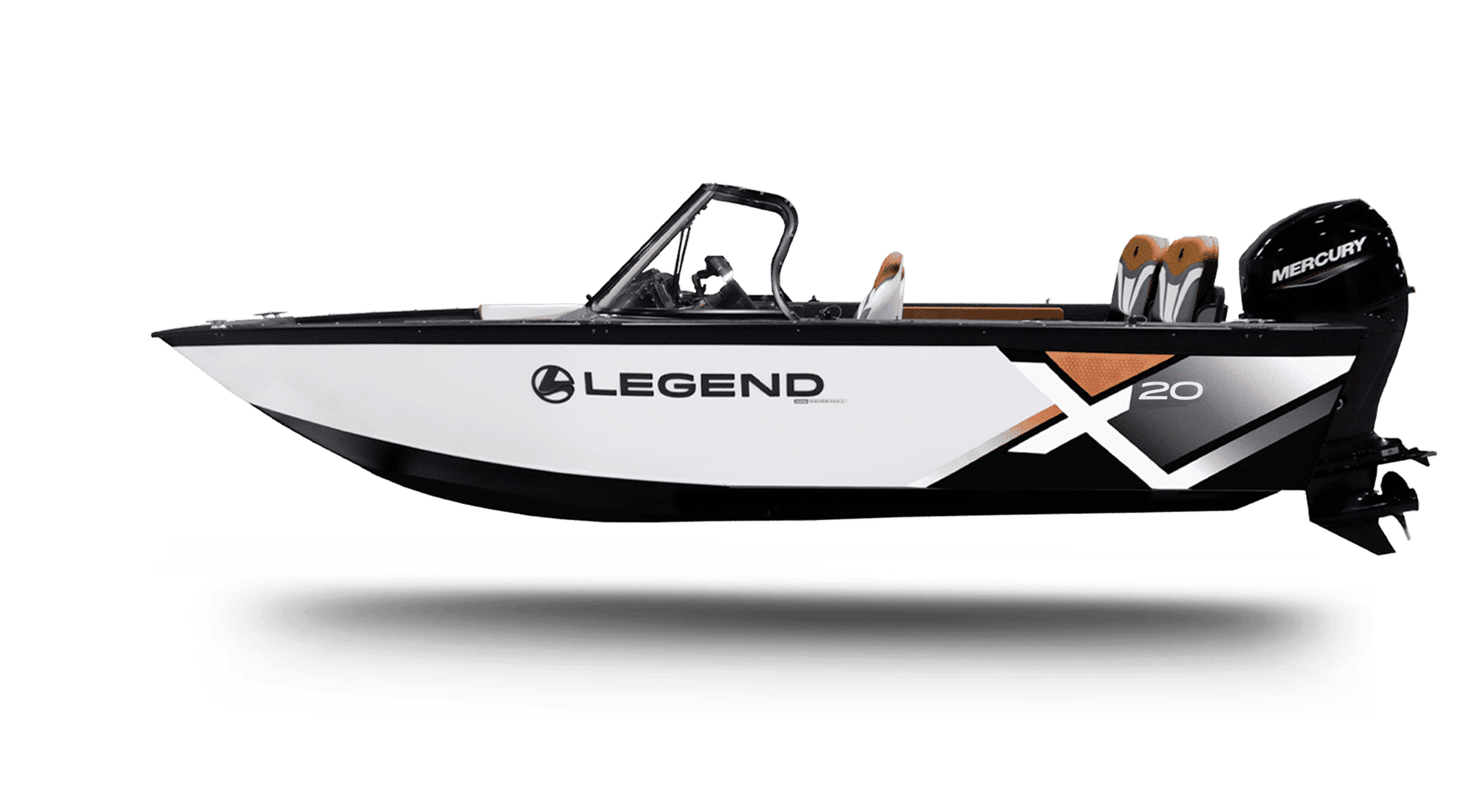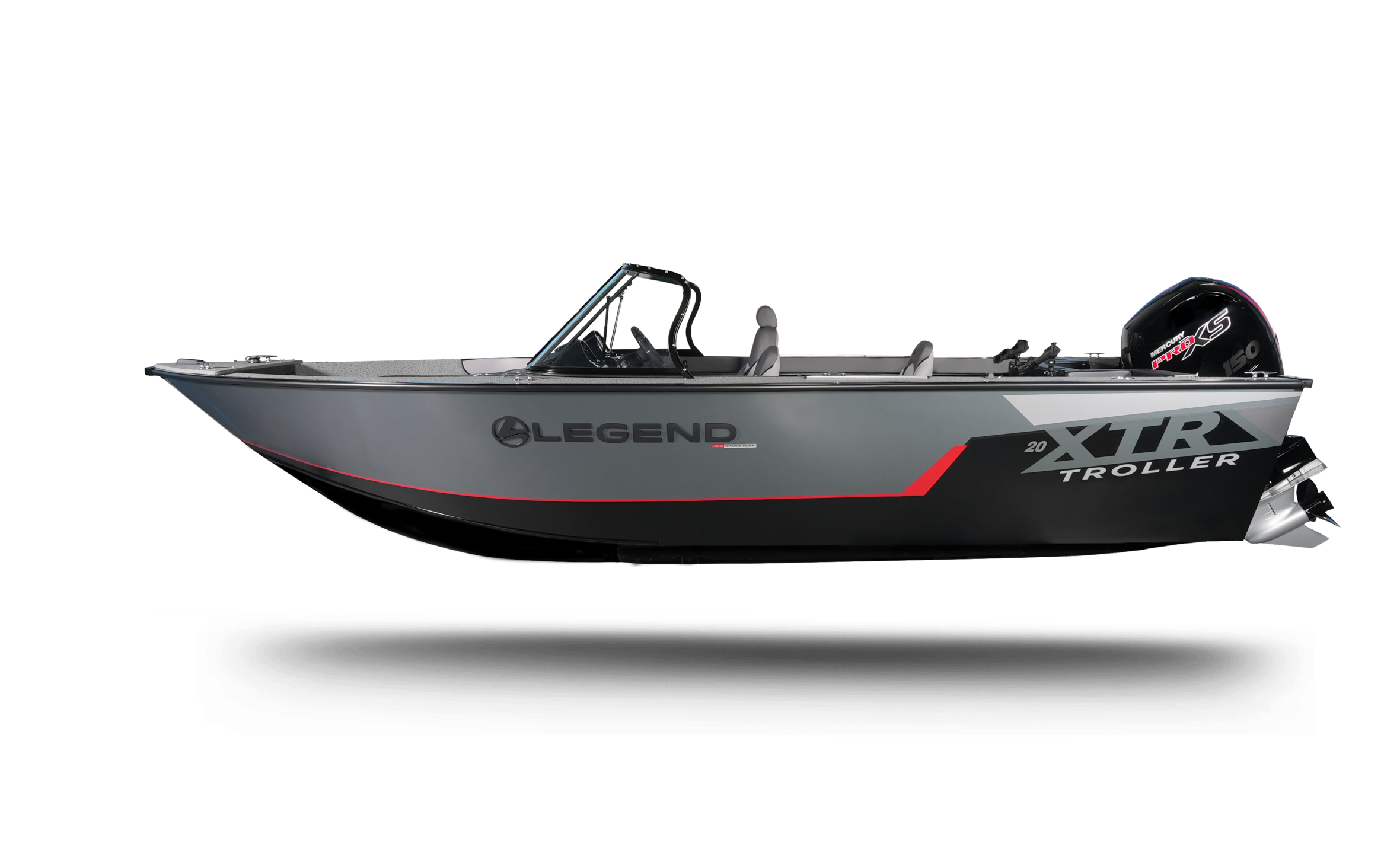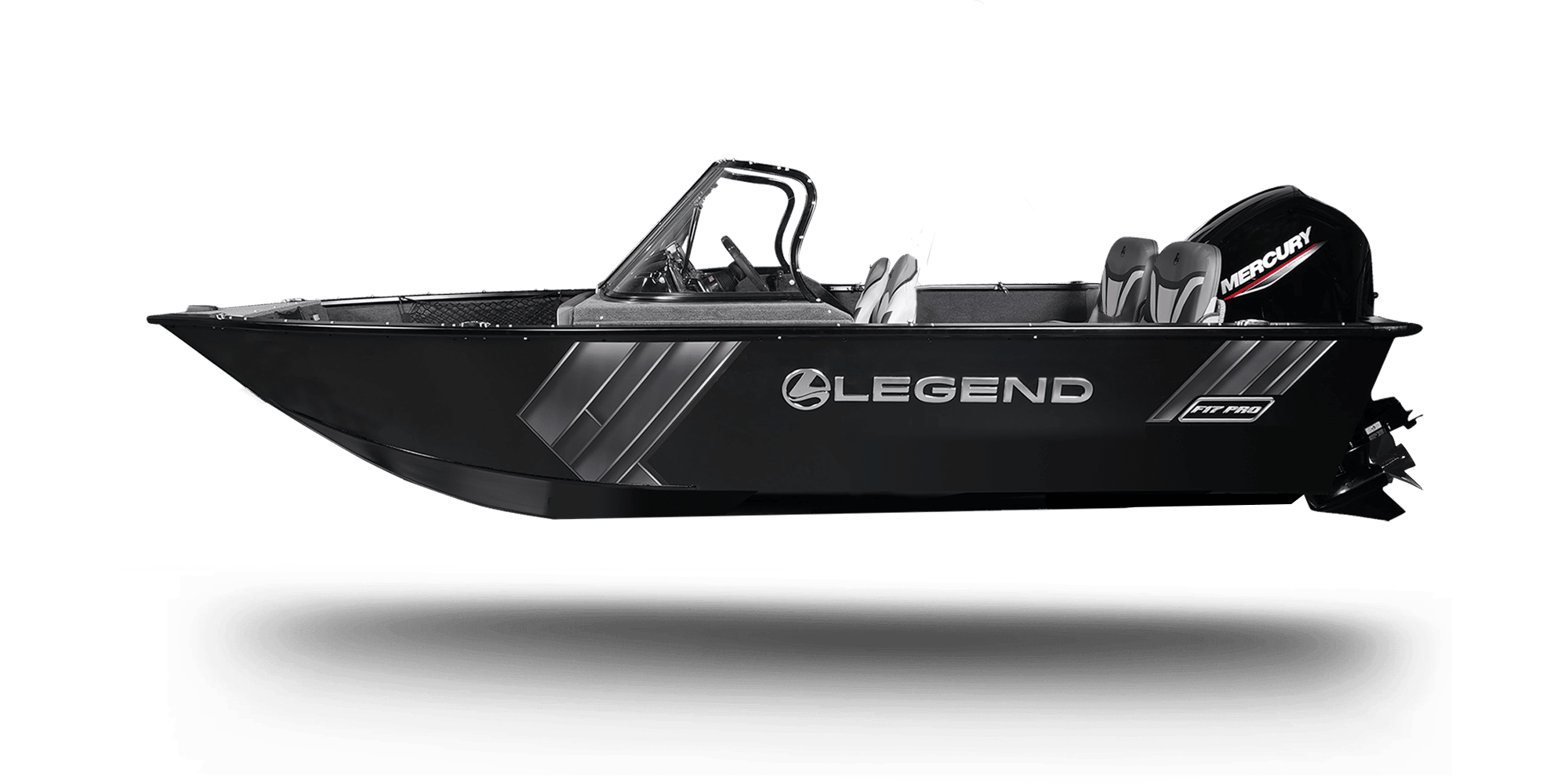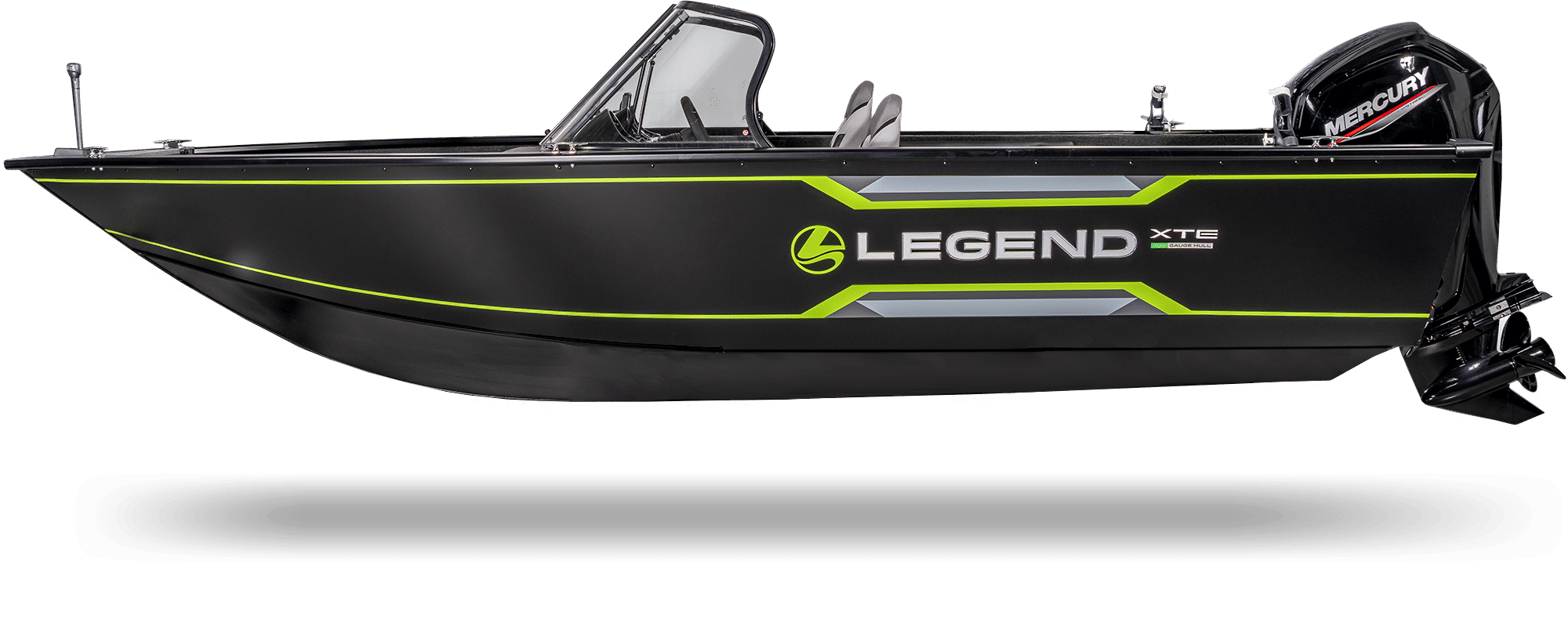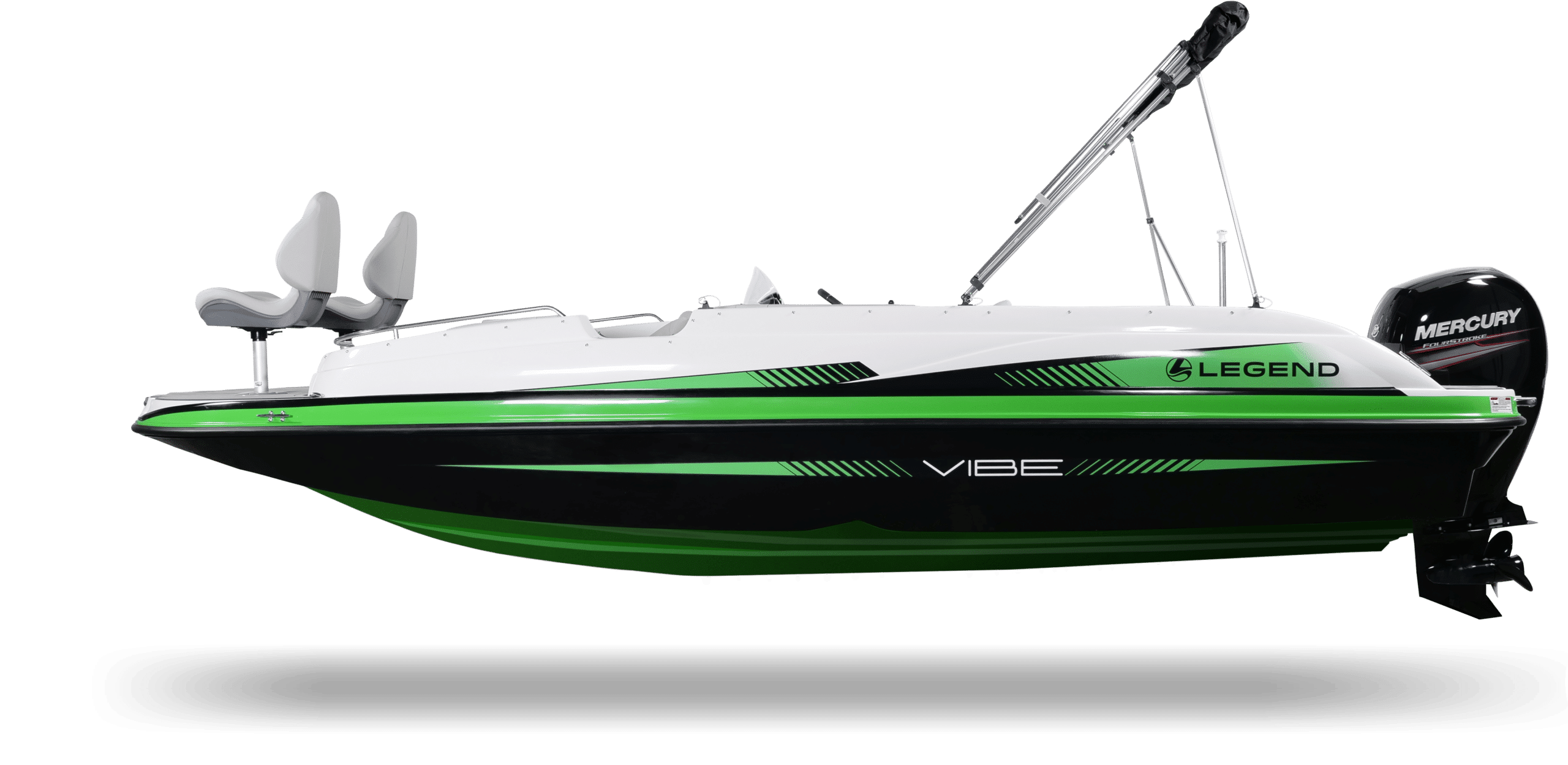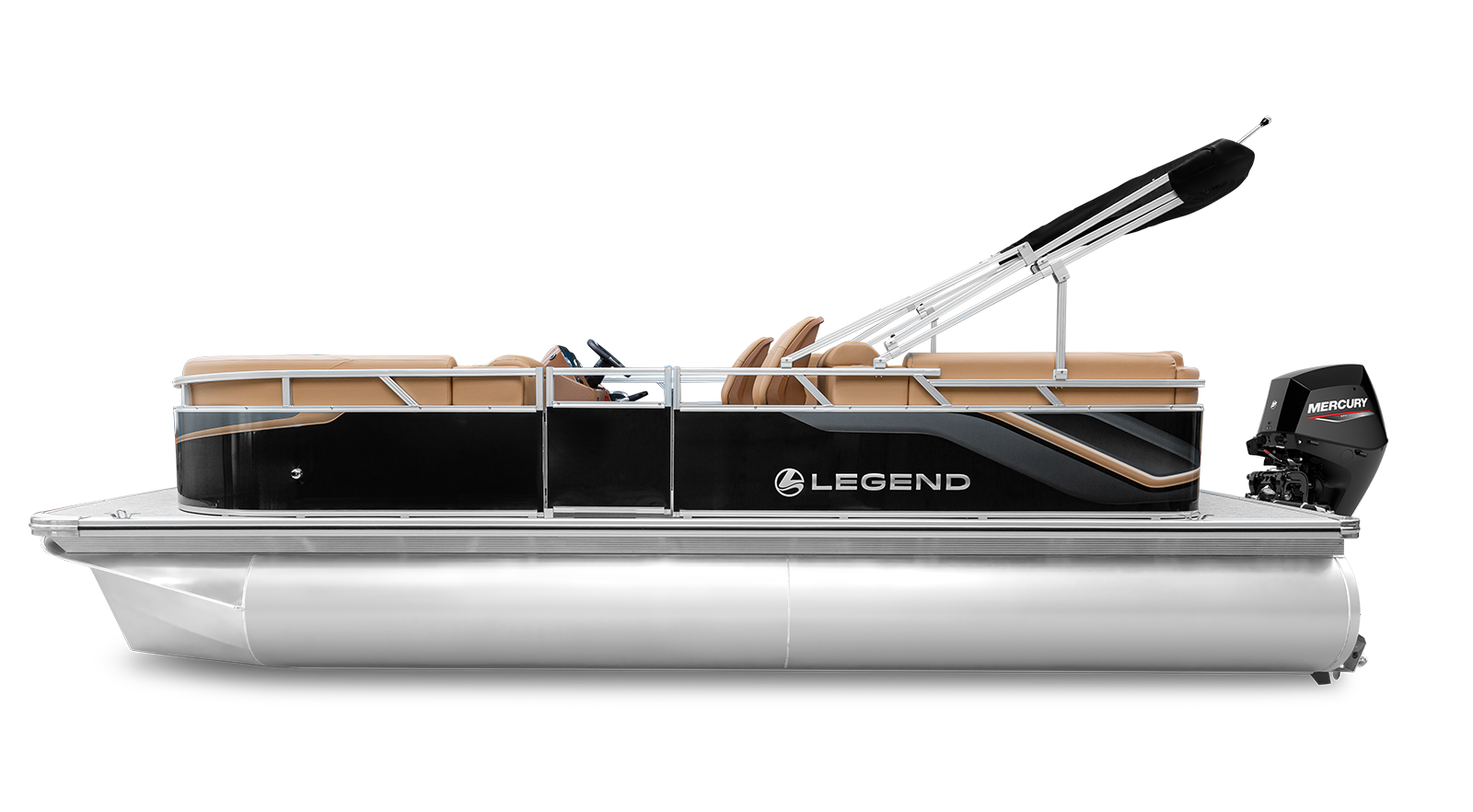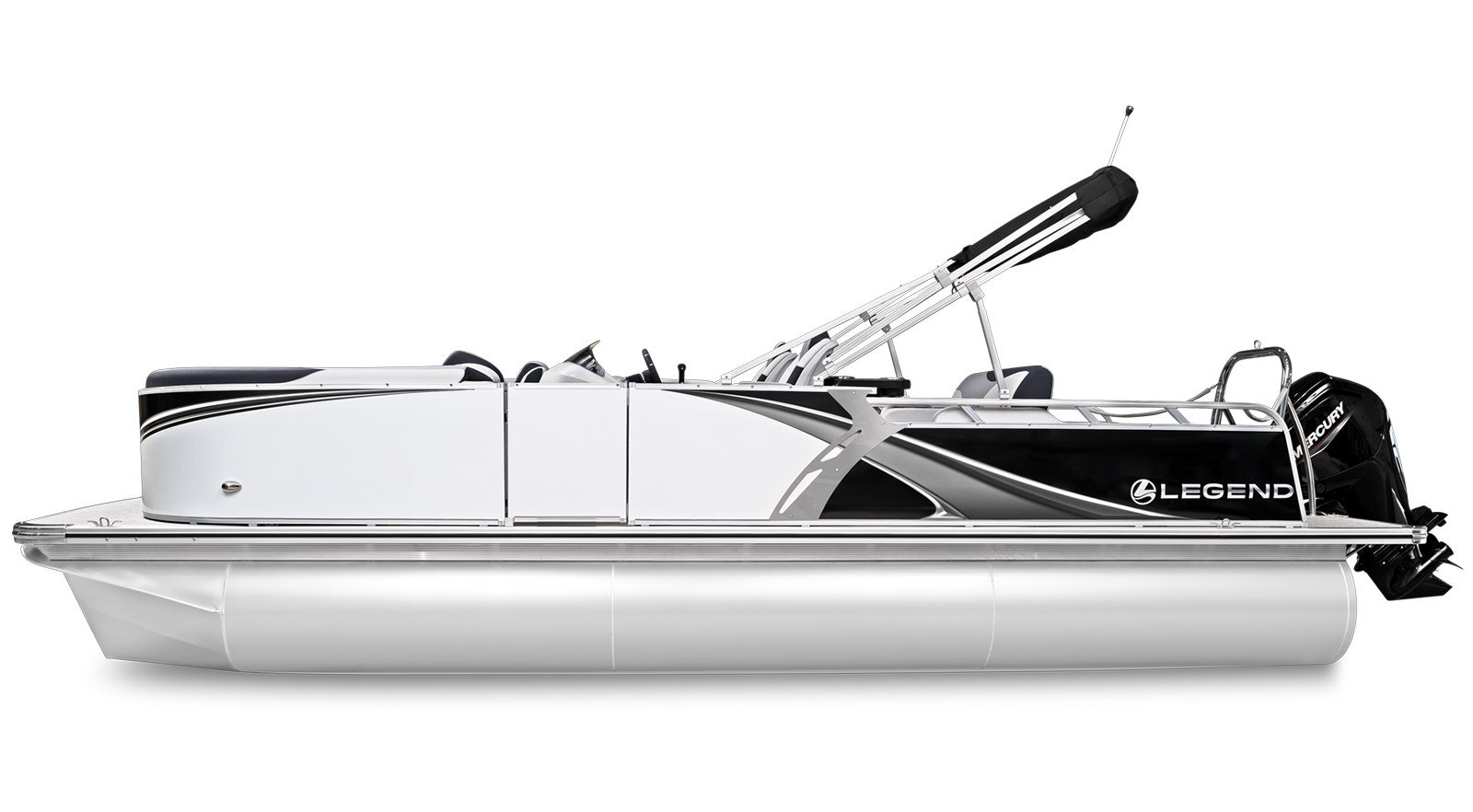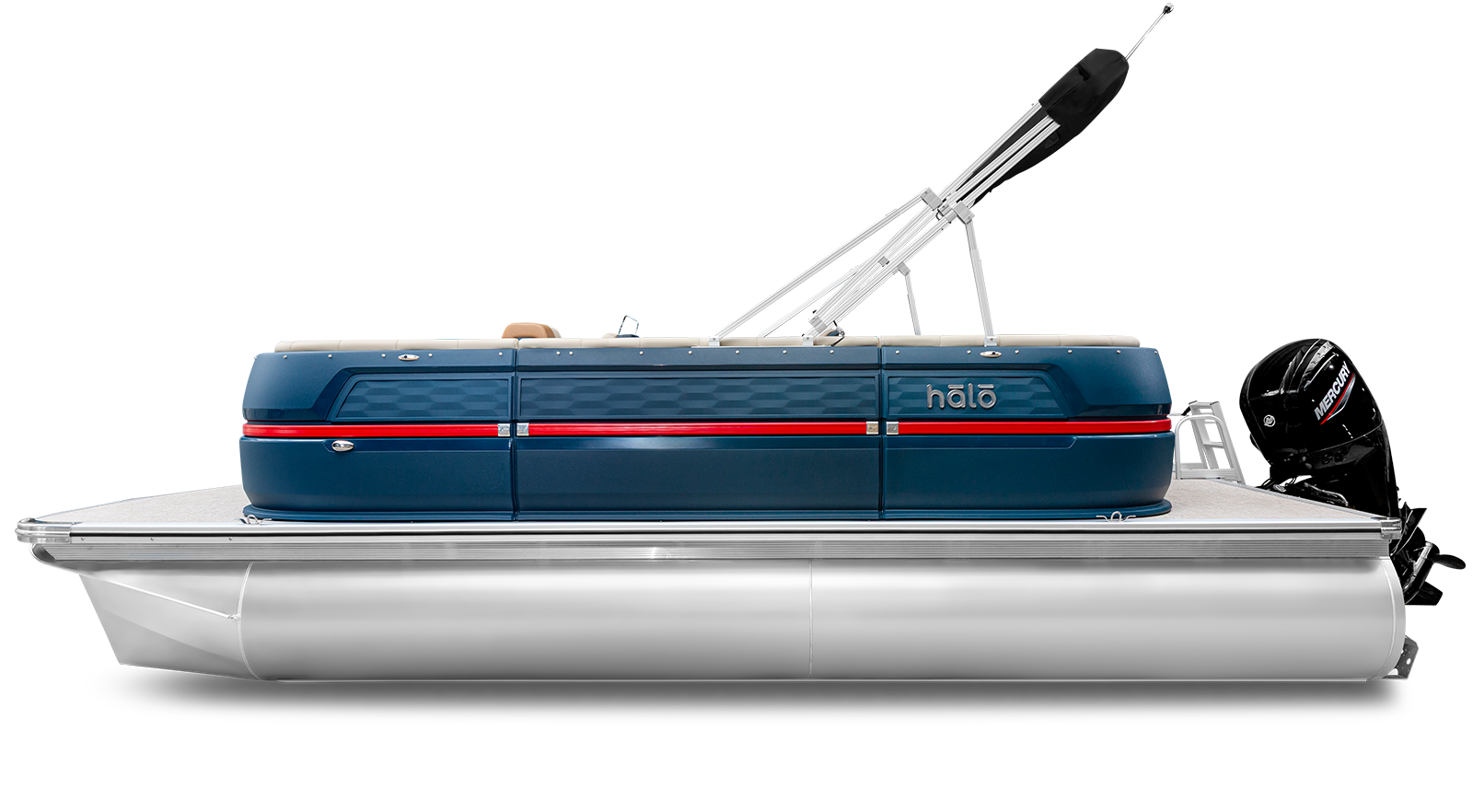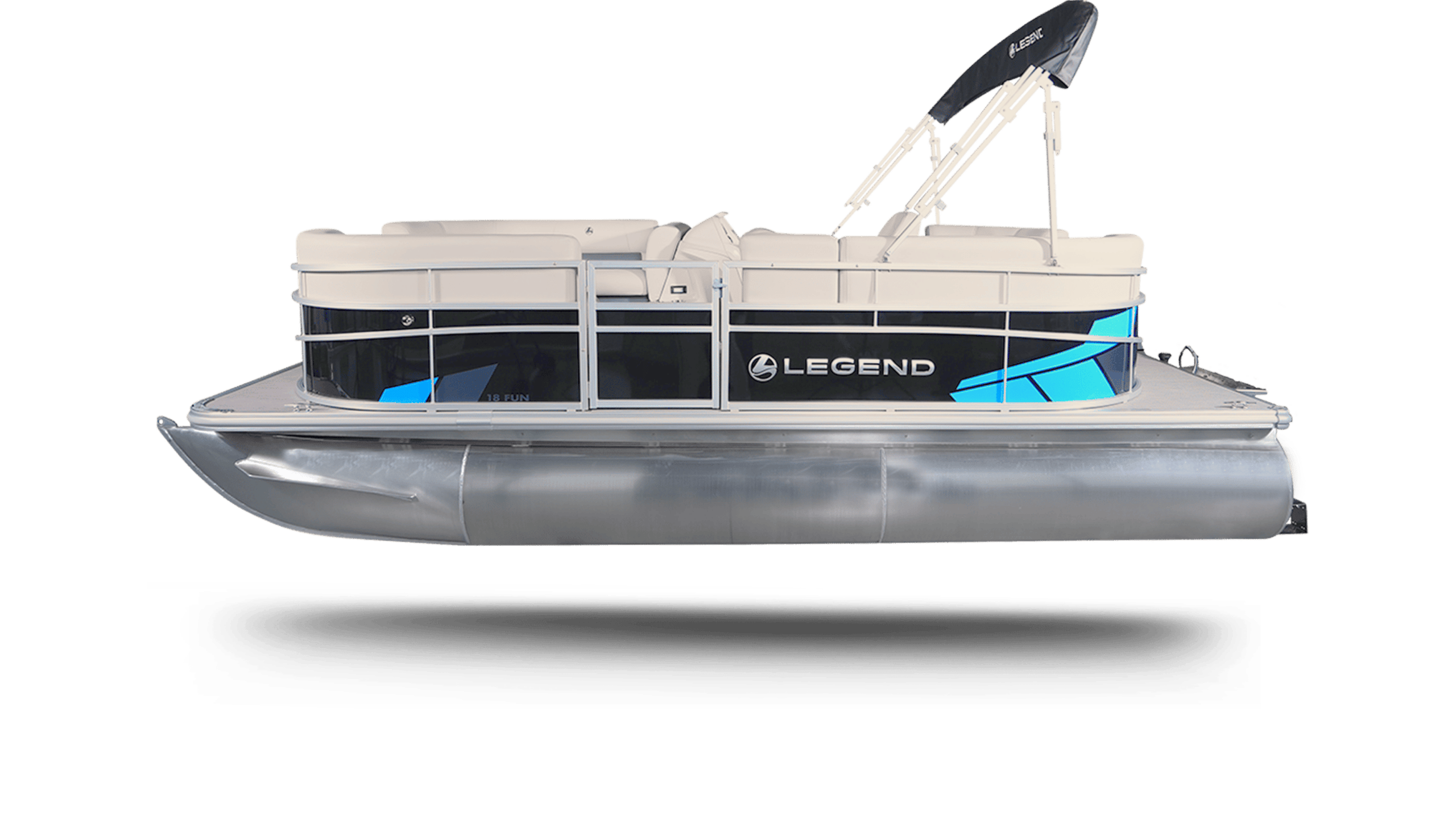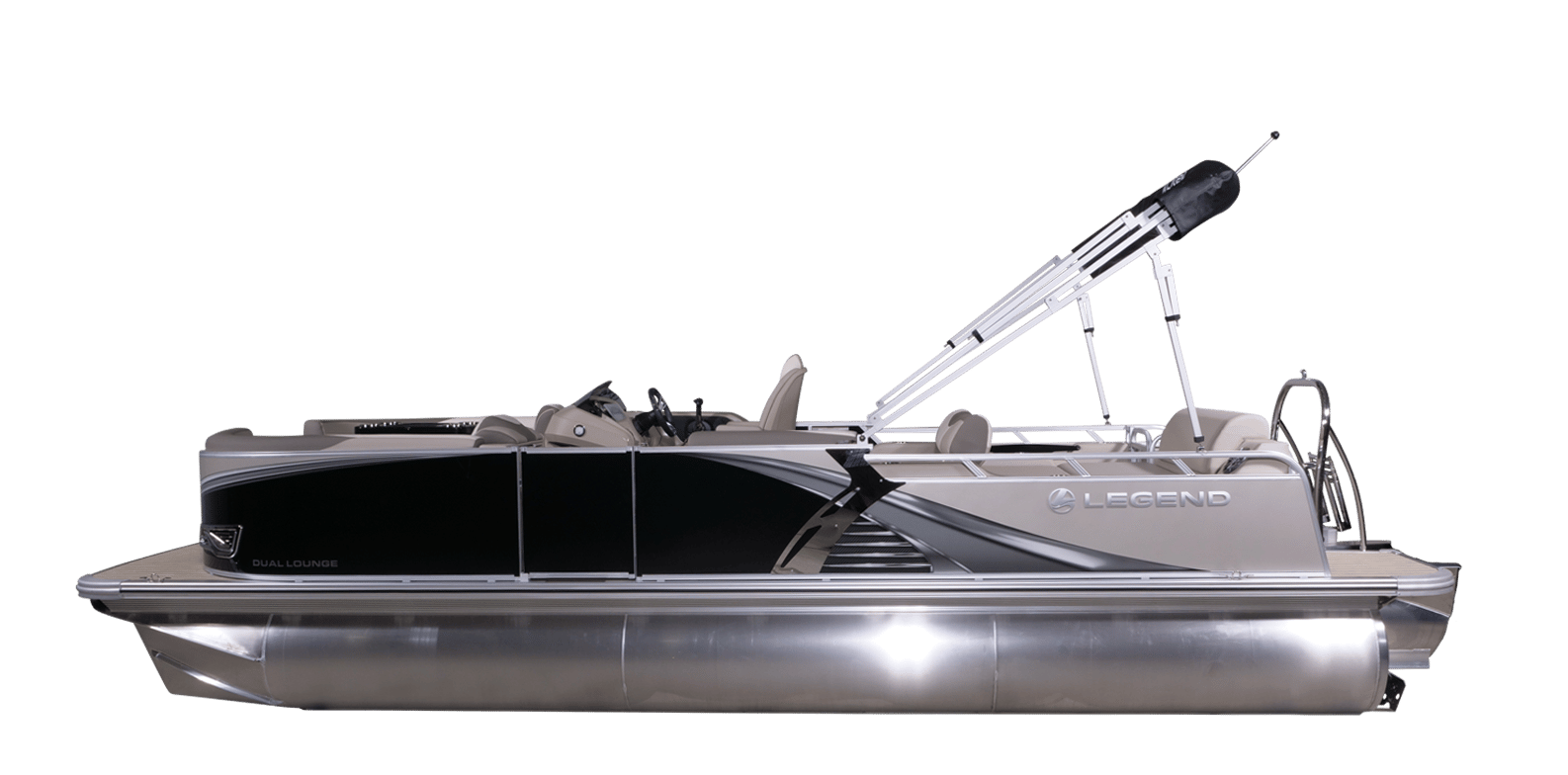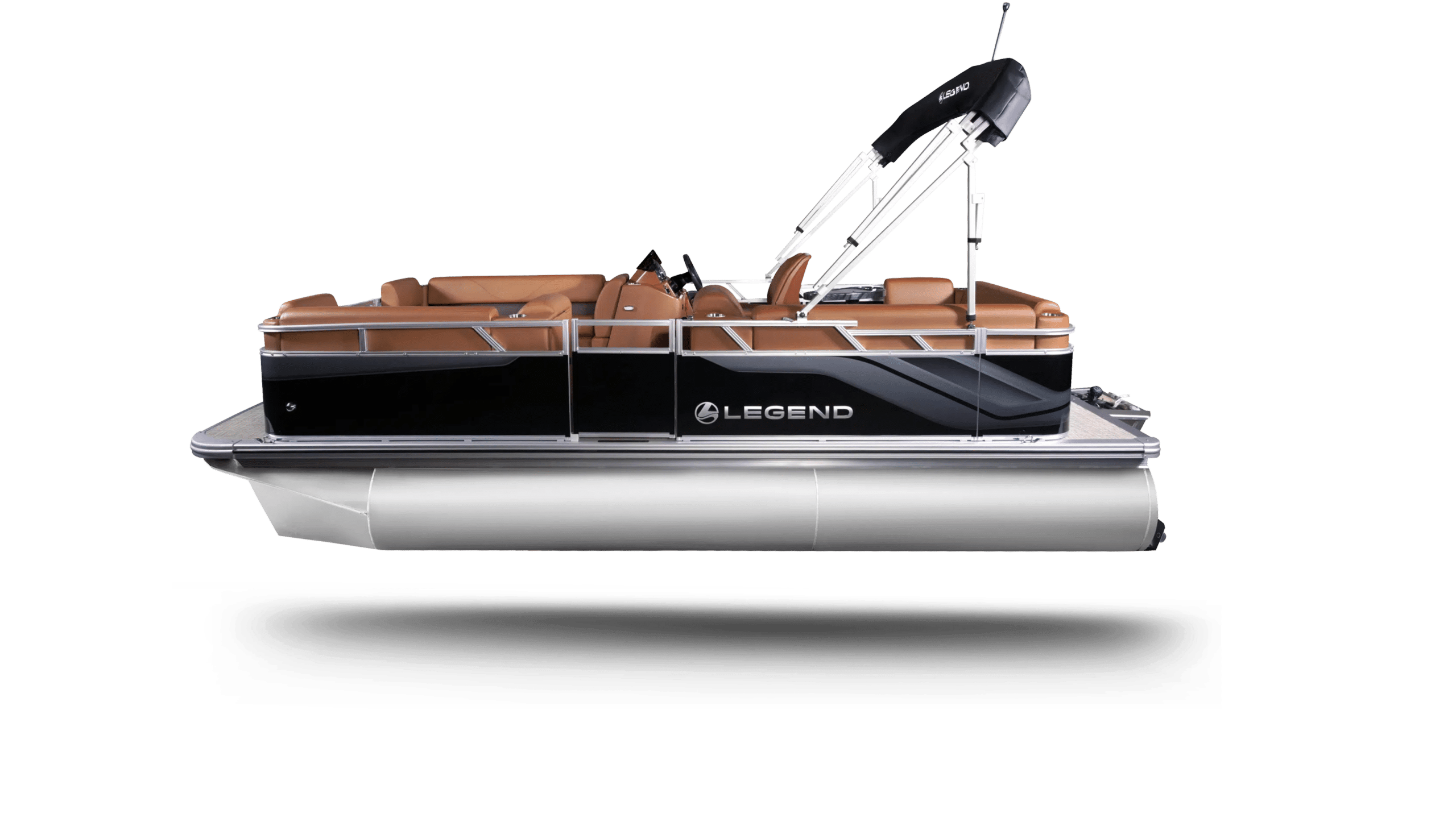Bilge Pumps: The Unsung Heroes of the Boating World

Bilge pumps are the kind of things that are easy to ignore and forget about. Until, that is, you find yourself taking on water in the middle of a lake without one. Then they become the most valuable pieces of equipment in the world.
What’s a Bilge?
A bilge is the lowest part of a boat. If you were to empty a lake, the bilge is the part of the boat that would rest on the ground first. Because’s it’s the lowest part of the boat, it’s also where water tends to accumulate.
The reality is that every boat takes on some amount of water sometimes. It might come from rain, or large waves, or from a leak in your hull. Either way, you want to get rid of it as quickly as possible to ensure it doesn’t build up and become a hazard. Other liquids tends to build up here, too. Such as spilled drinks, oil, or gas.
What’s a Bilge Pump?
A bilge pump is a pump designed to drain your boat’s bilge any time liquid accumulates, and throw it overboard. They’re fairly straightforward devices.
History of Bilge Pumps
People have sought ways to efficiently throw bilge water overboard since the first boat was invented. After all, the whole point of a boat is to keep the water outside and underneath you.

Archimedes’ Screw, one of the first known ways of moving water from a lower area to a higher one.
The first mechanical way to move water from a lower area to a higher area, at least as far as we know, was the invention of Archimedes’ Screw, otherwise known as a water screw or screw pump. Despite its name, Archimedes didn’t invent it. Rather, he discovered it being used in Egypt since at least 300 B.C.
Since that time, pumps have become far more advanced, using many different types of force to move the water:
- Centrifugal
- Diaphragm
- Reciprocation
- Flexible impellers
Types of Bilge Pumps
In practice, there are two types of bilge pumps that today’s boaters should know about: manual. and automatic.
A manual pump works much the same way as any manual air pump would, such as a pump for a basketball or air mattress. These are good to keep on hand in case anything goes wrong with your primary pump, such as a dead battery or damaged components.
The main workhorse, though, is the automatic bilge pump. These are electric, powered by your boat’s battery, and are activated automatically by a bilge switch.
What’s a Bilge Switch, and How Do They Work?
A bilge switch is a very simple device. They’re also known as float switches, which tells you a lot about how they work.
In essence, when water builds up in your bilge, it forces the bilge switch to float upwards. When the water level gets high enough, the bilge switch “completes the circuit” and activates your bilge pump.
That’s really all there is to it.
Should You Have a Backup Manual Pump?
The short answer is yes, yes you should. Modern bilge pumps and switches are designed to last the test of time, but they’re not invincible. Like any electronic, they are subject to wear and tear, and are not immune to failures. This is especially true because they operate in all sorts of weather conditions.
A manual bilge pump gives you the peace of mind of knowing that if the worst should come to pass and you’re taking on water, you won’t have to start bailing water with whatever containers you have nearby. You can simply manually pump the water out while you head to shore.
Am I Legally Required to Have a Bilge Pump?
According to Canada’s Small Vessel Regulations:
-
736 (1) A watertight compartment on a vessel shall be provided with a means of pumping or with access for bailing when the vessel is in any operating condition, unless the vessel cannot retain a sufficient quantity of water to make it capsize or the compartment is sealed and is not readily accessible.
-
(2) If the bilge space on a vessel is not easily visible from the operating position, the space shall, in accordance with the construction standards, be fitted with
- […]
-
(b) a bilge pumping system or, in the case of a vessel that is not more than 12 m in length, a permanently installed automatic bilge pump that is connected to an indicator showing when the pump is running and to an overriding manual switch, both of which are to be located at the operating position.
-
(3) An automatic bilge pump or a bilge pumping system shall have a minimum capacity of 0.91 L/s.
In other words, you absolutely must have some reasonable method for either bailing or pumping water out of your bilge. If your boat provides easy access to the bilge, such as in a utility boat, you can legally get away with as little as a 750mL bailing container.
However, as every experienced boater can attest, when push comes to shove, a pump is the way to go.
Bilge vs. Livewell Pumps: What’s the Difference?
This is a question we get a lot: Why do I need two different pumps to move water? Can’t I get away with just one?
Simply put:
- A bilge pump is designed to move as much water and other liquids out of your bilge as quickly as possible. It’s not designed to ensure the water is clean, aerated, and healthy. In other words, it’s all about your safety.
- A livewell pump is designed to keep your fish alive and fresh. It’s not necessarily fast, and it can’t handle debris or other types of liquids well. In other words, it’s all about your fish.
Precautions When Maintaining and Operating Your Bilge Pump
Bilge pumps do one thing and only one thing well: They keep your bilge empty to prevent it from filling up and because a safety issue. That means they will suck up anything found in your bilge and dump it overboard, including any spilled gas or oil.
To keep our lakes healthy for all future generations, if you notice that you’ve spilled some gas or oil, try to absorb it right away before it makes its way into your bilge. Oil absorbents can be found at just about any marine supply store, and can also come in the form of sheets or pads. It’s a good idea to lay some around your motor when changing the oil or filling the tank.
When using an absorbent, make sure it’s secured so that it doesn’t make its way into your bilge pump or interfere with your float switch or sensor. Also, be sure to check how saturated it is from time to time. Absorbents can only soak up so much oil before they need to be replaced.
What Kind of Pumps Does Legend Boats Use?
At Legend Boats, we are proud to equip our fishing boats and deck boats with Tsunami bilge pumps from Attwood. These monster pumps can displace between 500 and 800 gallons per hour.
What About Pontoon Boats? Do They Have Bilges?
Great question! Pontoon boats are an exception to the rule, because they don’t have bilges. Instead, each pontoon is a completely sealed and self-contained tube. There’s nowhere for the water to build up, so you’ll never have to pump or bail any water from them.
Where Can I Buy a Bilge Pump?
Any marine supply store can provide you with a pump that will suit your needs. But if you’re one of the many owners of a Legend boat, just speak with your nearest Legend Boats dealer. They’ll be able to provide you with the exact pump we recommend for your boat model, install it for you, as well as service it should any issues arise.
